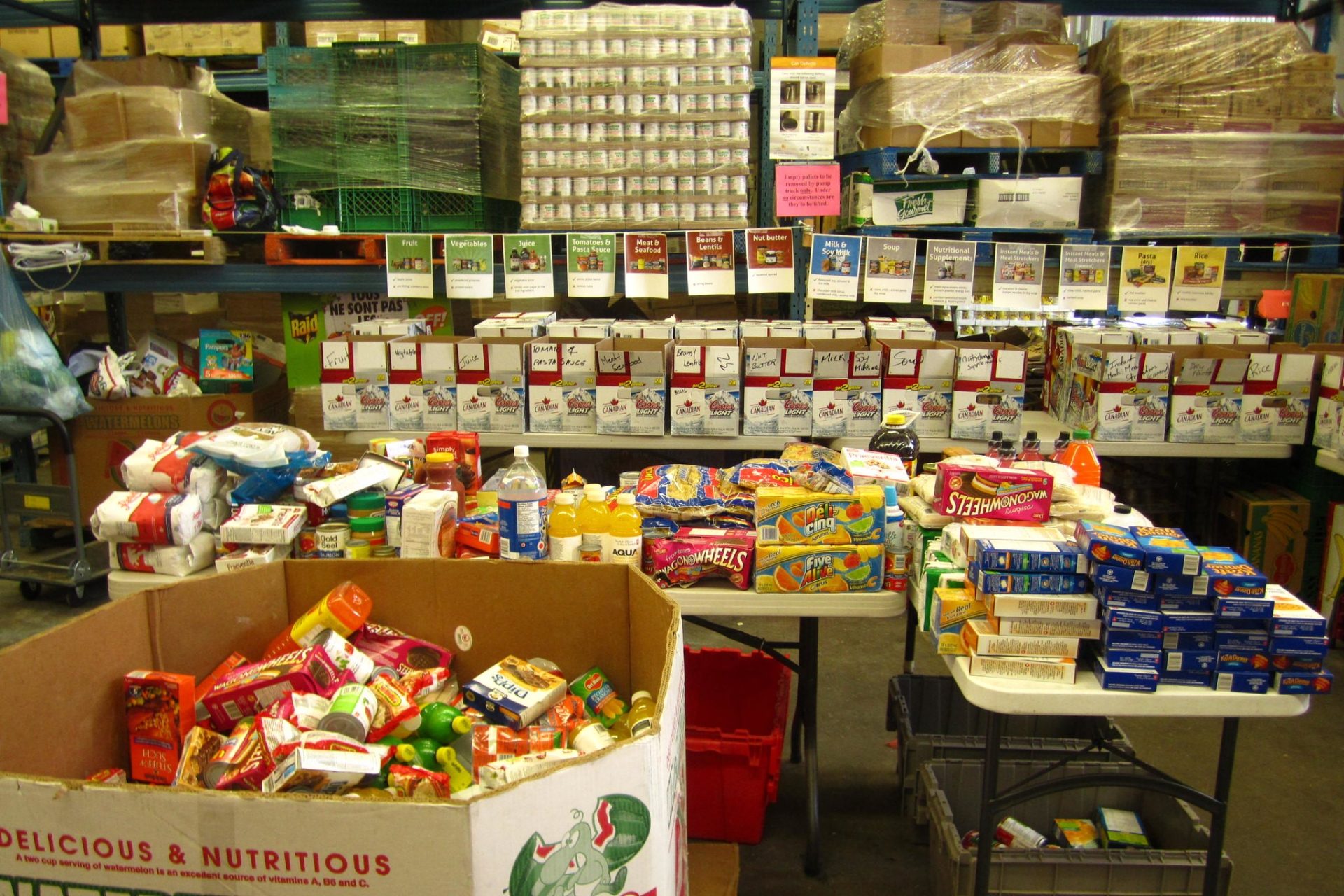
Federal reports confirm that millions are going hungry across Canada—and food bank use is increasing at its fastest rate since record keeping began.
‘Poverty rates are increasing again’
According to a leaked memo from the Prime Minister’s Office (PMO), “Poverty rates are increasing again…In line with increased poverty rates and rising food prices, a larger share of the population is experiencing food insecurity.”
Statistics Canada likewise estimates that nearly one-quarter—23 per cent—of Canadians will turn to food banks this fall. That’s up from 20 per cent in 2022, and it’s almost double the rate of hunger seen prior to the pandemic (12 per cent). All told, this marks the most rapid increase in food bank use recorded to date in Canada, to date.
Full-time work not enough to survive
While 33 per cent of food bank users are children, and roughly one-third of users are unemployed, a growing share of regular food bank users work full-time hours.
“This is the very first time in the 40 years food banks have been in Canada that we have seen unemployment so low and food bank usage at the rates we are seeing right now,” the CEO of the Daily Bread Food Bank told Canada’s parliament.
The persistence of hunger among unemployed workers is a longstanding phenomenon. Those who qualify for assistance are deliberately kept in poverty—so they’ll have all the “incentive” and “flexibility” they’ll need to accept any job at the lowest possible wage.
But the increase in hunger among full-time employees is more striking. With the system decaying, the capitalists are squeezing the workers, looking for any easy way to increase their profits. On average, workers are taking on longer hours. Exhaustion, “burnout,” and injuries are rising. Yet, even while corporate profits increase, the bosses cannot even guarantee wages adequate enough for workers to afford groceries.
Poverty amidst plenty
According to the PMO, spiking food prices have driven up the “cost of living” generally—and this has pushed many over the edge.
This has little to do with scarcity. According to Oxford University, Canada’s agrifood sector alone produces 3,589 calories per person per day. And, globally, the world’s food system produces 6,000 calories per day per person. But a lot of what is produced never reaches working class people.
In Canada, big food monopolies, especially the grocery giants, destroy up to 60 per cent of the food that is produced – all in the name of profit. And, on a world scale, the swindling of major food monopolies—combined with the low wages they pay their own workers—exacerbate the crisis of overproduction. Even though the world produces more food than ever, workers increasingly cannot afford it.
The fact that some of these same monopolies donate a portion of their unsold food and revenues to food banks does not solve the problem that these same companies help create. Companies like Loblaws do not donate food to initiatives like Second Harvest to solve the problem of food waste. They do it to launder their reputations and seize on new promotional opportunities.
In some cases, the owners of these corporations have even set up their own charities – like the Weston-adjacent “President’s Choice Charity” or the Jim Pattison Foundation. They nominally “feed” the poor and the hungry by donating a small portion of their revenues—while their own practices make people poorer and hungrier. Adding insult to injury, the parasites can even reward themselves with tax deductions from donating or “matching” customer donations to charities like these. All the while, the crisis only deepens.
A symptom of decline
It may surprise some to hear that Canada’s massive network of food banks, as a second-line food distribution system for workers and the poor, is a relatively recent phenomenon. It raises the question: what happened?
As the 1994 report Hunger In Canada observed: “After the depression of the 1930s, widespread concerns about hunger in Canada did not resurface until the recession of the early 1980s when the demand for food assistance rose dramatically.”
During the post-war upswing, the system could generally provide full employment and improvements in living standards for those who worked. It also could provide a social safety net for the unemployed.
But, since the end of the upswing, everything has rolled in the reverse. Wages have been slashed and union protections have been hollowed out. Full employment has given way to increasingly precarious work and rising unemployment. The “social safety net” is threadbare. And, resources are increasingly diverted from useful production to speculative frenzies which drive up the costs of necessities further and further. This is the real reason why the use of food banks is on the rise.
It is therefore unsurprising that a layer of society has no choice but to steal food in order to survive. When they do, they are treated like criminals. But the capitalists and the politicians who are starving people are always spared.
No solution under capitalism
The hunger crisis, in some of the world’s wealthiest countries, is a flagrant example of how the capitalist system cannot make use of the wealth and productive potential that exists—or provide the necessities of life for all. It is further reflected in the growing mismatch between overwork and unemployment, stagnant wages and skyrocketing prices, poverty and plenty, food waste and starvation, etc.
There can be no resolution to this problem while respecting the right of the food monopolies to make record profits while we starve. The expropriation of the world’s food monopolies is a necessary first step to ending hunger and poverty. Only through common ownership can we provide services required by ordinary people on the basis of need.
Ultimately, only a socialist plan of production could put the productive potential of society into motion to free us from want. It could end artificial unemployment and end the system’s artificial scarcity. And, it could establish a world where food banks and phrases like “cost of living” are a distant memory.

